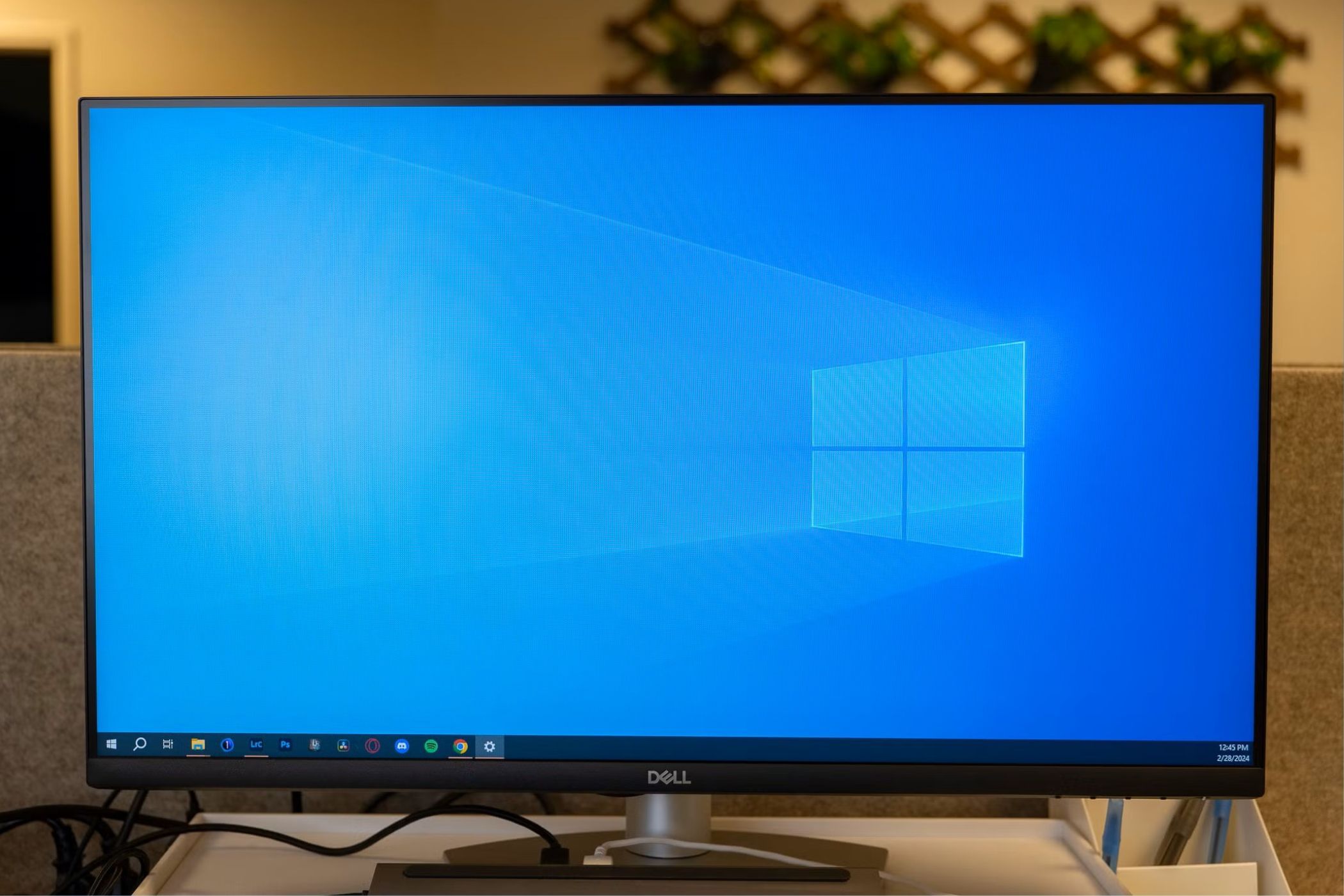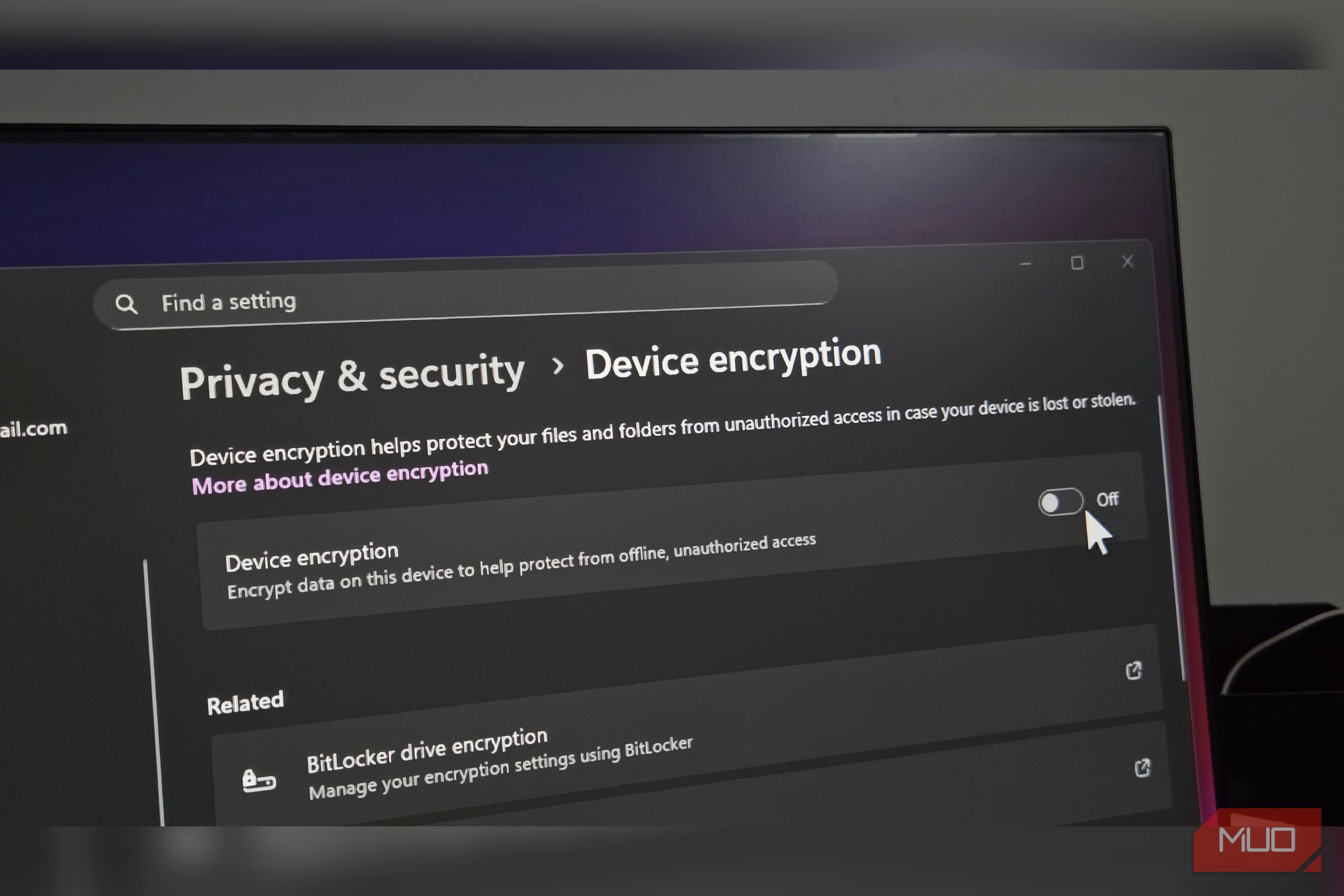Now Reading: Why I’m Staying on Windows 10 Until 2030: A Personal Plan
-
01
Why I’m Staying on Windows 10 Until 2030: A Personal Plan
Why I’m Staying on Windows 10 Until 2030: A Personal Plan

Quick Summary
- End of Windows 10 Support: Microsoft will end Windows 10 support on October 14, 2025.
- Upgrade Options: Users can upgrade to Windows 11 (subject to hardware compatibility), pay $30/year for Extended Security Updates (ESU), or use third-party security platforms with fees around $25/year until 2030.
- LTSC Solution: Windows 10 Enterprise LTSC (Long-Term Servicing Channel) offers extended security patches until January 2027 for standard versions and up to 2032 for IoT versions. LTSC is optimized without unneeded software, including Xbox Game Bar and Microsoft Store.
- Cost of LTSC Key: Licensed keys from third-party sellers cost approximately $20-$30.
- Registry Workaround: Users can perform an in-place upgrade from windows 10 Pro to LTSC by editing registry values before installing the ISO version. Steps involve backing up data, downloading a matching ISO file, and modifying registry entries like EditionID and ProductName.
- Shortcomings of LTSC: Some modern applications may not work on LTSC due to outdated build numbers, affecting software like Adobe Creative Cloud or newer gaming titles.

Indian Opinion Analysis
The article highlights user strategies for circumventing the end-of-support limitations of Windows 10 through Microsoft’s less-publicized Enterprise LTSC edition. While pragmatic for extending functionality without significant expenditure or hardware upgrades,this solution caters best to legacy systems that demand reliability over feature updates-ensuring security without bloated add-ons.From India’s perspective, where cost-effective IT solutions are critical in both individual and institutional settings like banks and educational systems using dated PCs, such non-mainstream approaches coudl be appealing. Though, limitations such as restricted compatibility with newer applications may reduce its suitability across diverse scenarios. Organizations leveraging older setups must weigh their operational requirements against the long-term viability offered by LTSC editions while managing risks inherent in registry-level customizations.Read More



























